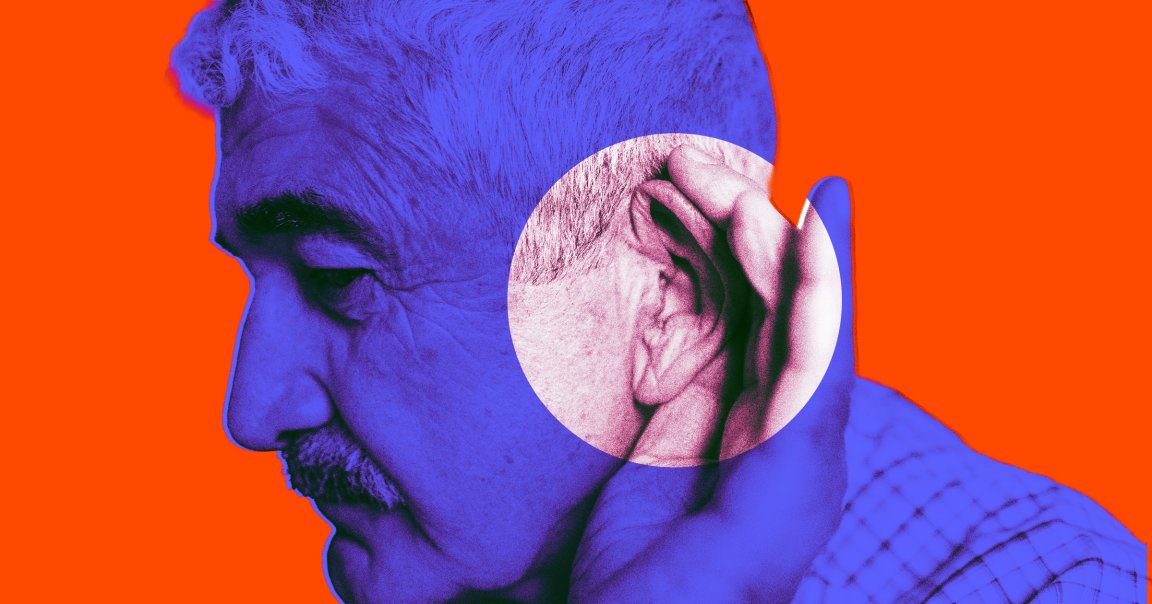
The first-ever human trial exploring the use of stem cell therapy to reverse hearing loss is about to be under way, after getting the go-ahead from the UK’s Medicines and Healthcare products Regulatory Agency.
Conducted by researchers from the University of Sheffield who formed their own spin-out company, the treatment targets sensorineural hearing loss, which is caused by physical damage to the tiny structures of the inner ear.
In a nutshell, the treatment, dubbed Rincell-1, is intended to regrow damaged nerves in the cochlea and allow them to start sending signals to the brain again.
“Our research into Rincell-1 has consistently shown its ability to target and restore the delicate neural structures of the inner ear,” Marcelo Rivolta from the University of Sheffield, chief scientific officer at the spin-out biotech company Rinri Therapeutics, said in a statement about the work.
More than a billion people worldwide are affected by some form of hearing loss, according to the WHO. Existing treatments, like cochlear implants, don’t fully restore a patient’s hearing, and require that the cochlea — the center piece of the inner ear that picks up sound and turns it into electrical signals — isn’t significantly damaged to begin with.
Key to the cochlea’s function are the hair cells that line its surface, which are responsible for detecting sound. If these are severely damaged, it’s game over: the hair cells are incapable of dividing to form new ones, meaning that they don’t regenerate. This is called sensorineural hearing loss, and it’s why your hearing inevitably worsens with age.
Attempts to regrow these receptors have long been the white whale of modern medical science, and the researchers hope they’ve found it in Rincell-1. The treatment uses embryonic stem cells designed to grow into auditory neuron cells, which form the wiring that connects the hair cells to the brain stem. These are administered into the cochlea during the surgery to emplace the cochlear implants. Once on site, the stem cells form auditory neurons that help reconnect the out-of-commission hair cells so they can send signals again.
“We are taking the approach of transplanting in cells that can become functional mature cells and restore the cytoarchitecture of the inner ear, and therefore, restore hearing,” Simon Chandler, CEO of Rinri Therapeutics, told Labiotech on an episode of its “Beyond Biotech” podcast in June.
The randomized trial will be conducted in the UK and will involve 20 patients who will undergo cochlear implant surgery. Half of the patients will have severe-to-profound age-related hearing loss, known as presbycusis, and the remainder will have what’s known as auditory neuropathy spectrum disorder (ANSD), which is when the inner ear can detect sound but is unable to send the signals to the brain. Patients within each group will be randomly assigned to either receive a single dose of Rincell-1, or receive no dose and rely on the cochlear implant alone.
On the podcast, Chandler said that the Rincell-1 treatment can be used alongside cochlear implants, but didn’t rule out the possibility that it would be used on its own, too. Needless to say, it’d be a game-changer if it turns out to be effective in either scenario.
More on stem cells: Diabetic Woman No Longer Needs Insulin After Single Dose of Experimental Stem Cells